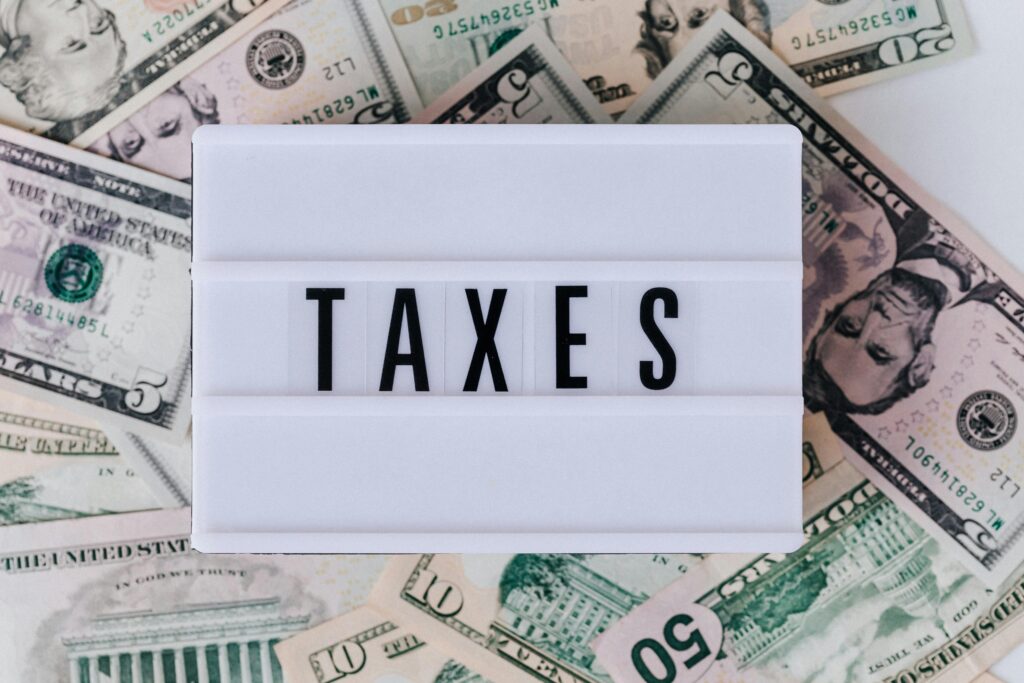
You have just purchased your first investment property. You did all your research and underwriting. You checked the tax records and found out exactly how much property tax is on the place. Sure, you maybe paid a little much, but there has been huge appreciation in the area, and you are sure it will increase. Then the tax bill comes in and it is 1.5x what you were expecting. Now, the property isn’t making much money and a bad repair bill could wipe you out. How could this have possibly happened?
As with most things, property tax calculations depend on the area. Most likely, you will be subject to an ad valorum (value-based) tax. It’s also possible that you would have a flat rate tax. That kind of tax is a simple dollar amount per parcel and doesn’t look at the value. It’s simple and easy but could lead to some paying too much and some paying too little. This is a system mostly used in rural areas. There are other ones based on square footage, improvements, and income, but are very rare.
Ad Valorum Tax
Most property tax in the US is this type. If the property value is higher, the assumption is that the income of the owner is higher and can pay more. The jurisdiction will charge a rate to calculate the tax based on the property value. This rate is often expressed as a mil levy or mil rate, which is the number of dollars of tax per $1,000 of valuation. If they want to make it easier for you, they will have calculated a percentage. In my area, the mil levy is 10.939, but I live in the country. The average US mil levy is about 15 to 30.
Valuation
When dealing with property tax, the important part, and the thing that people complain about most, is the valuation. It’s a bit funny, because when living there, they want the valuation to be as low as possible, but when selling, suddenly they think the value is 5x that. Valuation is made by an assessor. Once it is done, a letter is sent to the property owner, who then has a specified time to dispute it. The value is often a percent of fair market value (the price the assessor thinks it will sell for). This might be 80-100%. Thus, a house worth $100,000 will be taxed at a value of $80,000 if they use 80% valuation.
Calculation
To calculate your property tax take the mil levy and divide by 1000, then just multiply it by the property value and you have your annual tax. A mil levy of 10.939 with a valuation of $100,000 is: ( 10.939 / 1,000 ) x $100,000 = 0.010939 x $100,000 = $1,093.90. It’s needlessly complicated, but would you expect anything less when dealing with taxes?
The Key is When Valuation is Done
Annual
In this type, the assessor will value all the properties in the jurisdiction at a time throughout the year. Each year, the property tax will change.
Periodic
Assessments are made every 2-5 years. This cuts down on assessment costs (and time and money with owner appeals). It’s what my area does.
On Sale
Some jurisdictions require the title company to report the sale value for the purposes of calculating taxes and will increase the taxes right away. This one is easiest for you to predict, but will cost you the most. Make sure the sale price property tax is factored into your calculations of your offer price.
Also remember that taxes are often paid in arrears, which means the payment is made for the prior year’s taxes, but based on the most current valuation. This is why there is often a calculation done at closing of a sale to true up the property tax payments between both parties. Again, needlessly complicated.
Don’t forget that if the law changes and the property tax rate increases or decreases, that will also quickly change your tax bill. This is hard to predict, but doing some research beforehand could give you an idea of where the wind is blowing.
Make sure you know how your jurisdiction handles property taxes so you can better predict what you will need to pay.

